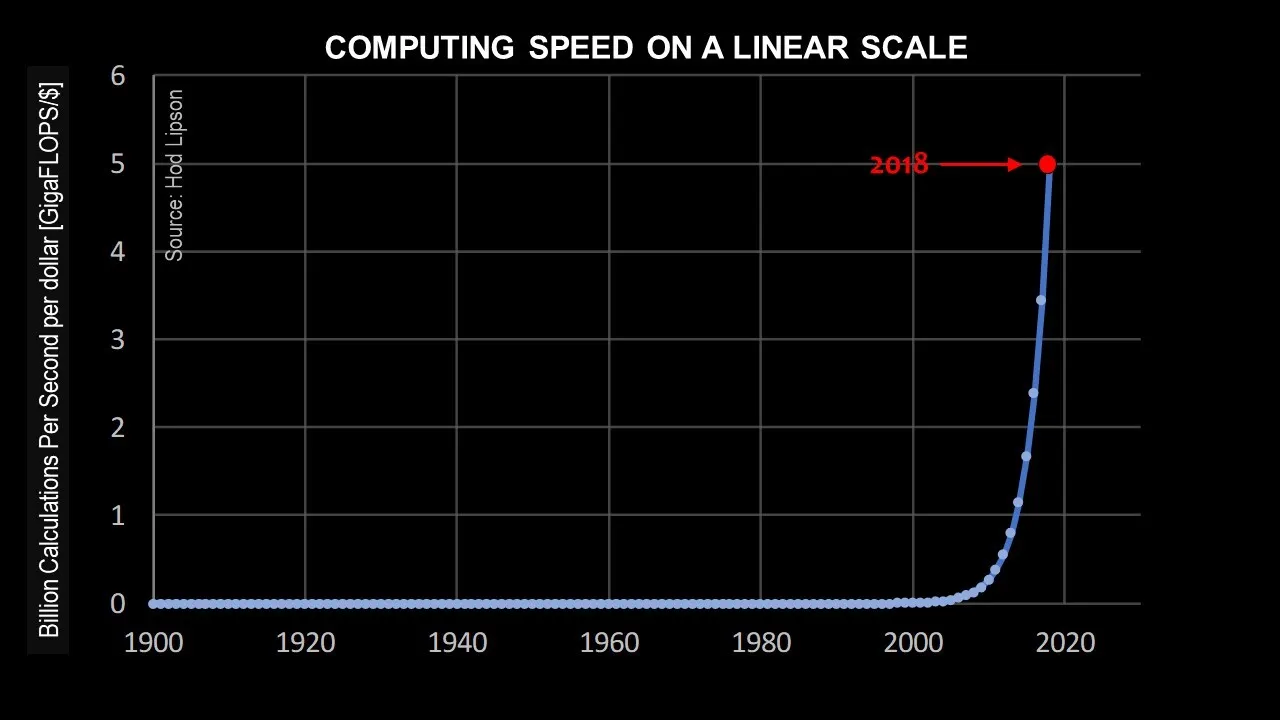
What's the point in having a massive lead in computer technology if you can't maintain it perpetually? Well that is what DARPA is thinking with their recent moves to reinvent how microprocessor technology is made.
The US military agency is worried the country could lose its edge in semiconductor chips with the end of Moore’s Law.
Last year, the Defense Advanced Research Projects Agency (DARPA), which funds a range of blue-sky research efforts relevant to the US military, launched a $1.5 billion, five-year program known as the Electronics Resurgence Initiative (ERI) to support work on advances in chip technology. The agency has just unveiled the first set of research teams selected to explore unproven but potentially powerful approaches that could revolutionize US chip development and manufacturing.
If you are familiar with Moore’s Law, you would understand that according to the law, the development of computing power follows an exponential curve, doubling in price-performance (that is, speed per unit cost) every 18 months or so.
The thing is people most don't have the same capacity to double their own brain power every 18 months. This creates a rift between business and humanity vs technology. Microchips are getting smaller and faster and cheaper at an exponential rate. Technology is becoming more advanced at an exponential rate but what about humans? How will we be fit to be its keeper or is it already too late and have the cards be set in motion for that to change and rather it will become ours?
A lot of strategically-minded business people who can see around corners in their own industries, don't have the ability to grasp what exponential improvement really means. And a lot is riding on this exponential curve, but one technology that is particularly benefiting from it is artificial intelligence.

At the top of the list is that Moore’s Law, which holds that the number of transistors fitted on a chip doubles roughly every two years, is reaching its limits (see “Moore’s Law is dead. Now what?”). That could stymie future advances in electronics that the military relies on, unless new architectures and designs can allow progress in chip performance to continue.
If DARPA doesn't find a way to get things back on track we may be nearing the end of utility for Moore's Law.
“No one yet knows how to get a new chip design completed in 24 hours safely without human intervention,” says Andrew Kahng of the University of California, San Diego, who’s leading one of the teams involved. “This is a fundamentally new approach we’re developing.”
“We’re trying to engineer the craft brewing revolution in electronics,” says William Chappell, the head of the DARPA office that manages the ERI program. The agency hopes that the automated design tools will inspire smaller companies without the resources of giant chip makers, just as specialized brewers in the US have innovated alongside the beer industry’s giants.
But looking at all the hoopla and bells and whistles touted it all seems to boil down to this...
Some of DARPA’s efforts overlap with areas already being worked on extensively in industry. An example is a project to develop 3-D system-on-chip technology, which aims to extend Moore’s Law by using new materials such as carbon nanotubes, and smarter ways of stacking and partitioning electronic circuits. Chappell acknowledges the overlap, but he says the agency’s own work is “probably the biggest effort to make [the approach] real.”
With 3-D system-on-chip technology using carbon nanotubes and more efficient stacking and partitioning there may be another golden age of performance upgrades ahead... Only time will tell!

Now apply what is possible today with AI and what will be possible in the future. If your jaw hasn't dropped to the floor yet I must not have explained things well enough here!
The challenge, then, for anyone planning for a future driven by computing’s exponential growth is fighting their brain’s flawed interpretations. Hard as it may sound, you need to hold all three charts in your mind at once—the visual consistency of the logarithmic chart and the drama but deceptive scale of the linear charts—to truly appreciate the power of exponential growth. Because the past will always look flat, and the future will always look vertical.
How can we as human beings even begin to prepare for the exponential growth that will take place in AI in the coming century? How will we ensure our place in a world where machines are more capable than we are at almost everything? Will DARPA solve this problem and bring us into a new age of even smaller, faster and more efficient microprocessors?
Thanks for reading!
Source:
Why Most of Us Fail to Grasp Coming Exponential Gains in AI - SingularityHub
DARPA has an ambitious $1.5 billion plan to reinvent electronics -TechnologyReview